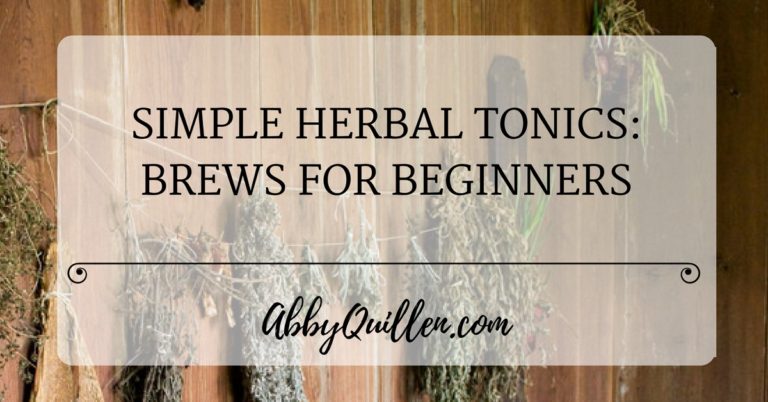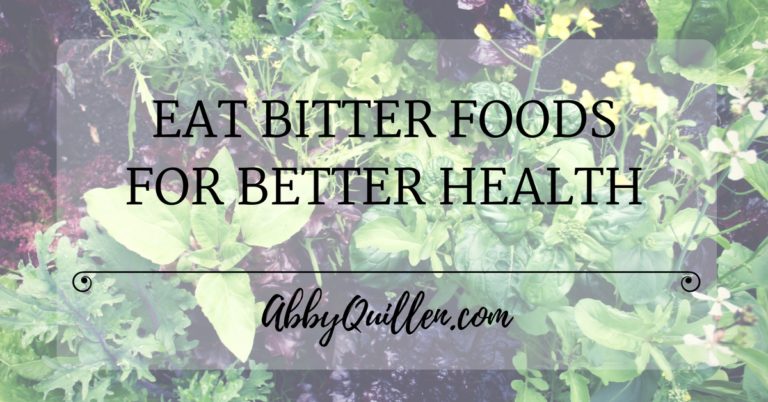Simple Herbal Tonics: Brews for Beginners
Plants have been powerful allies for health and healing for as long as humans have lived. Herbal medicines can be effective remedies for ills as anyone who’s sipped on ginger tea for a stomachache can attest. They can also be powerful tonics for everyday health. Many common plants are full of vitamins, minerals, proteins, antioxidants,…

